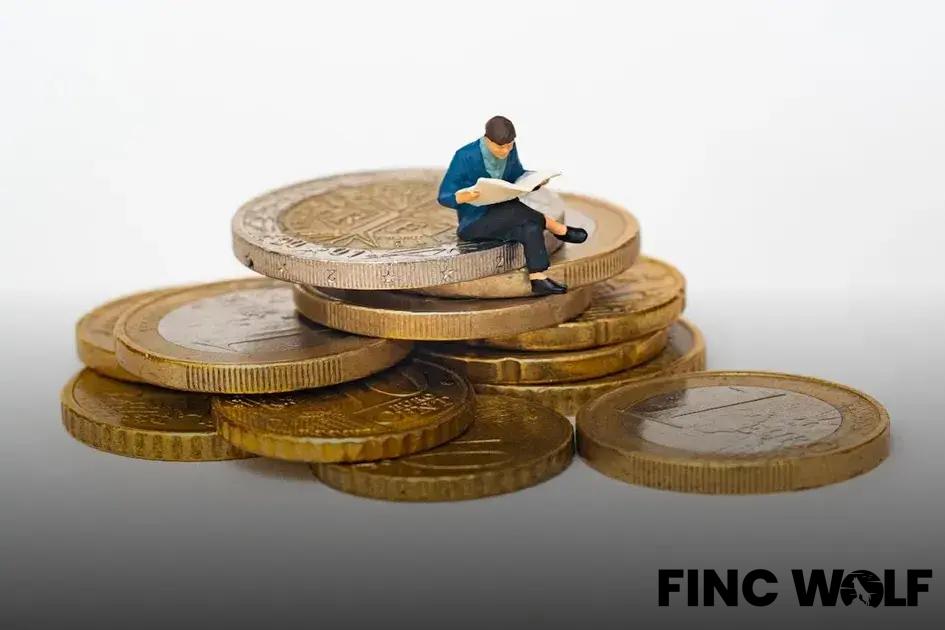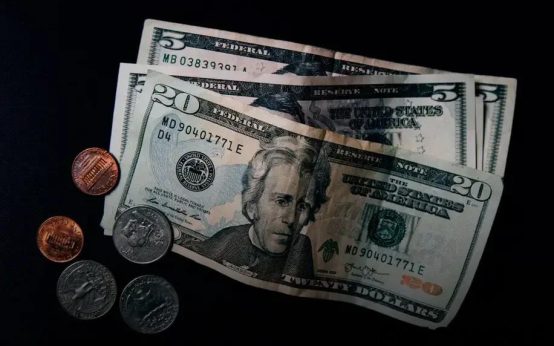In 2025, student loan forgiveness has evolved significantly, offering new opportunities for graduates to manage their debt effectively. Understanding how these programs work is crucial for anyone struggling with educational loans. In this article, we’ll explore the eligibility, application process, and the types of loans covered under the latest forgiveness plans.
Understanding Loan Forgiveness Programs
Student loan forgiveness programs are designed to provide relief to borrowers by canceling a portion or the entirety of their student loans. In recent years, these programs have grown increasingly important as a means of financial assistance for graduates facing significant debt.
Key Programs include Public Service Loan Forgiveness (PSLF), where eligible candidates working in public service jobs can have their remaining loan balance forgiven after making a set number of qualifying payments. Another is the Teacher Loan Forgiveness program, specifically for educators working in low-income schools.
Under the administrative ground rules for 2025, it’s essential to fully understand each program’s specific requirements and benefits. Borrowers should navigate the intricacies of various options to identify the most suitable one based on their job and financial situation.
For those entering such agreements, continuous verification and tracking are crucial, as compliance with annual certification processes ensures eligibility is maintained.
Eligibility Criteria for 2025

When considering student loan forgiveness, understanding the eligibility criteria is crucial for potential applicants. As of 2025, significant updates have been made, aiming to offer widespread assistance to more graduates struggling with debt.
Income-based Eligibility: For many forgiveness programs, your income plays a pivotal role. Most programs assess eligibility based on a percentage of your discretionary income. Ensure you have all financial documents ready when applying.
Employment Requirements: Some programs require applicants to work in specific sectors. For instance, Public Service Loan Forgiveness mandates employment in government or non-profit organizations. Additionally, full-time employment might be necessary to meet criteria.
Loan Type: Not all loans qualify. Typically, federal student loans, such as Direct Loans, are favored. Carefully examine whether your loan type, including consolidations, fits the criteria.
Repayment Plan: Enrollment in an income-driven repayment plan could be a prerequisite. These plans adjust monthly payment amounts relative to earnings, aiding those with varying financial capabilities.
Duration of Payments: Many forgiveness schemes necessitate a set period of consistent payments. For instance, to be eligible for certain plans, maintaining a decade of payments might be an expectation.
Ensuring you meet all specified criteria in 2025 can be the defining factor between obtaining financial relief and continuing to bear the full weight of your educational debts.
Application Process Simplified
The application process for student loan forgiveness in 2025 has been streamlined to ensure that more students can benefit from it. Understanding the steps involved is crucial for a successful application. First and foremost, gather all necessary documents such as proof of income and employment verification. It’s essential to have your loan details on hand, including the type of loan and the amount owed.
To start the application, visit the official government portal dedicated to student loan forgiveness. The online system is user-friendly, providing a step-by-step guide to help you fill out the application. Be sure to complete all required fields accurately to avoid processing delays.
Once your application is submitted, it will undergo a review process. The review may take several weeks, during which the accuracy of your submitted information is checked. It’s normal for the authorities to request additional documentation, so stay prepared to provide further information if needed.
After the evaluation, you will receive a notification regarding your application’s status. If approved, further instructions on how to proceed with the forgiveness process are provided. Maintaining regular communication with your loan servicer can ensure that you stay updated on any changes or additional requirements throughout the process.
Types of Loans Covered

When it comes to student loan forgiveness, not all loans qualify. It’s crucial to know which types of loans are covered under the forgiveness programs available in 2025. The primary focus is often on federal student loans. These include Direct Loans, which are among the most common. However, some older loans like Federal Family Education Loans (FFEL) and Perkins Loans may also be eligible if they’re consolidated into a Direct Consolidation Loan.
Private student loans, on the other hand, generally do not qualify for federal forgiveness programs. It’s important for borrowers to check the specific terms of each program, as they can vary in what’s covered.
For instance, federal Parent PLUS Loans might be eligible under certain conditions but often require additional considerations, such as being part of an Income-Contingent Repayment (ICR) plan to qualify. Another option can be for graduates in public service jobs, who might be eligible for Public Service Loan Forgiveness (PSLF), which specifically targets Direct Loans.
Being informed about which loans are eligible can significantly enhance your ability to manage and potentially reduce your student debt burden in 2025.
Impact on Credit Score
Understanding how student loan forgiveness impacts your credit score is crucial, as it directly affects your financial stability and future borrowing potential. When a loan is forgiven, you are no longer obligated to make payments, which positively influences your debt-to-income ratio. A reduced debt burden can enhance your creditworthiness and potentially increase your credit score.
However, there are some complexities. Forgiveness itself does not erase missed payments from the past. If you have a history of late or missed payments, these will still appear on your credit report and might continue to impact your credit score negatively until they naturally fall off your report with time.
The removal of forgiven debt from your credit report does not happen automatically. Credit bureaus need to be updated to reflect this change. This process is usually initiated by the lender, but it’s wise for you to check your reports to ensure accuracy. Discrepancies should be addressed promptly by disputing them with the credit bureau or lender.
If your score does increase after forgiveness, this can open up new financial opportunities, such as better mortgage rates or the ability to qualify for a personal loan. However, individual outcomes can vary widely, and maintaining good financial habits is essential to sustain a healthy credit score.
Future of Student Loans

The landscape of student loans is evolving, especially with changes anticipated in 2025. As loan forgiveness programs grow, they shape the future perspectives on student debt. Increasing numbers of students are seeking out options to have their loans forgiven, altering how future loans might be structured and perceived.
Innovation in loan policies could lead to more forgiving terms in new loans. Future student loans may involve
more flexible repayment options
and interest rates adjusted according to the student’s income and employment status. These changes might encourage students to borrow more confidently, knowing there will be support to manage their debt effectively.
Furthermore, the future of student loans lies in automation and technology. Streamlining the repayment and management process can make dealing with student loans less burdensome, providing tools that help borrowers stay on top of their financial obligations.





